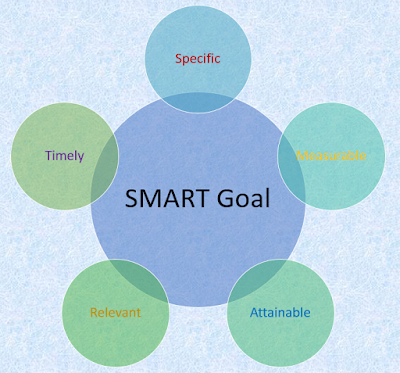This blog is created to share knowledge on modern manufacturing systems.
Saturday, July 25, 2020
What is Quality Circle? Seven Basic Quality Circle Tools
Quality Circle
A Voluntary group of employees who work on similar tasks or
share a similar area of responsibility to improve products or processes
- Work on the principle that employee participation in decision-making & problem-solving improves the quality of work
- Encourage to elect the leaders towards the end of the training period
- Agree to meet on a regular basis to discuss & solve problems related to work
- All members of a Circle need to receive training
- Members need to be empowered
- Members need to have the support of Senior Management
The Japanese description of the effectiveness of a quality
circle is expressed as:
‘It is better for one hundred people to take one step
than for one person to take a hundred’
Waste Elimination, Muri, Mura, Muda and The seven deadly Muda (waste)
Waste
There are three broad types of waste
- Muri (overload or overburden) Improving the flow or smoothness of work.
- Mura (unevenness, irregularity or inequity) Unreasonable work that imposes because of poor organization.
- Muda (non-value-adding work) Eliminating non-value adding activity.
Linkup between these three wastes
Goals, Strategy, Example & Steps to Achieve Lean System
Goals of Lean
- Improved quality
- Eliminate waste
- Reduce time
- Reduce total cost
Four different notion of Lean have been identified
- Lean as a fixed state or goal (being lean)
- Lean is a continuous change process (becoming lean)
- Lean as a set of tools or methods (doing lean/toolbox lean)
- Lean is a philosophy (lean thinking)
Subscribe to:
Comments (Atom)





